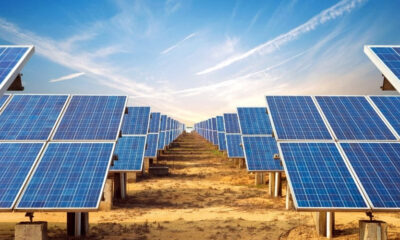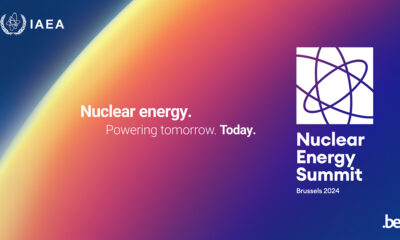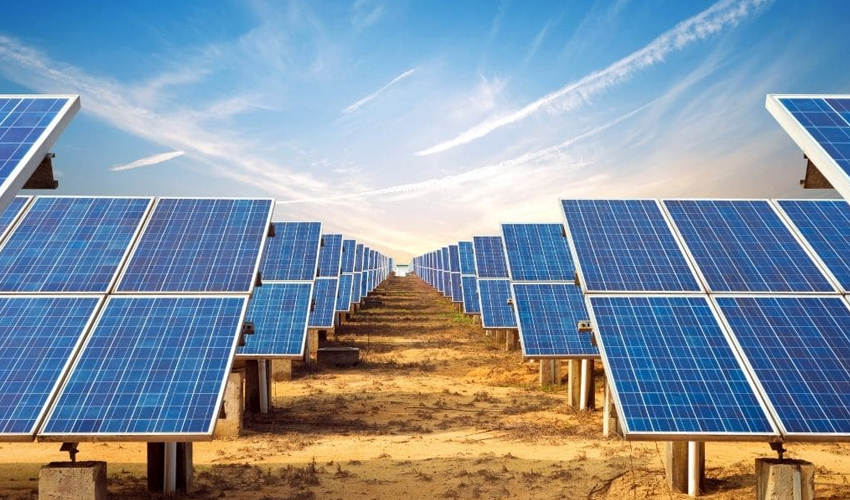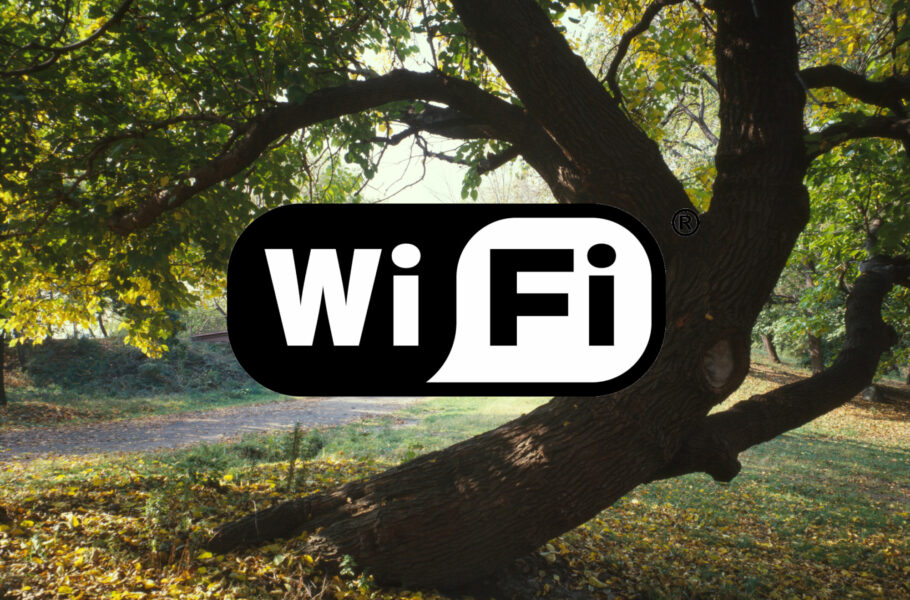Tech
Floaters that turn ocean waves into renewable energy could power our homes
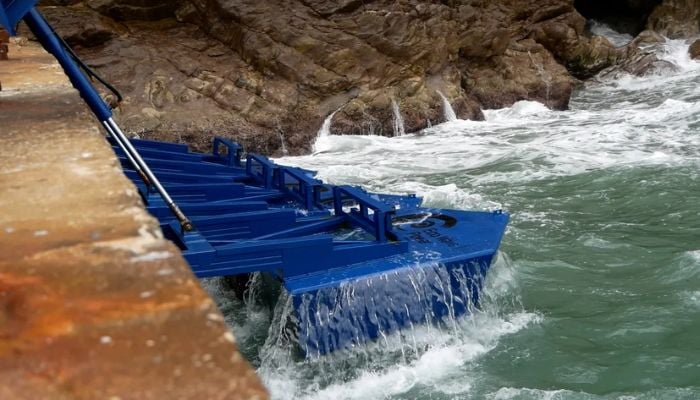
Latest News
The green colour of WhatsApp ‘angers’ some users.
Latest News
Punjab will provide fifty thousand solar kits.
Pakistan
There will be free WiFi in public parks.
-

 Latest News3 hours ago
Latest News3 hours agoPunjab takes action against factories that generate smoke.
-
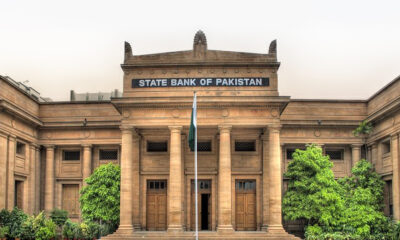
 Business2 hours ago
Business2 hours agoDespite global tides, Pakistan’s economy is recovering, according to Governor SBP
-

 Latest News3 hours ago
Latest News3 hours agoIn Pakistan’s 91 districts, an anti-polio campaign is launched.
-
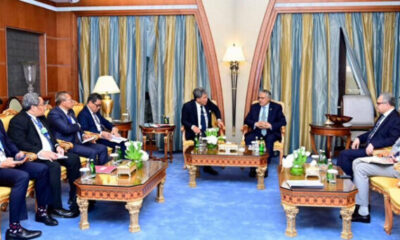
 Latest News3 hours ago
Latest News3 hours agoFM Dar, his Malaysian counterpart, demands a quick end to hostilities in Gaza
-
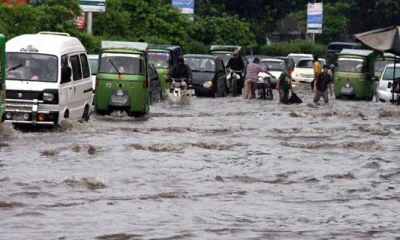
 Latest News2 hours ago
Latest News2 hours agoIn KP rain-related incidents, ten people died.
-

 Latest News2 hours ago
Latest News2 hours agoThe nomination of Ishaq Dar as deputy prime minister raises concerns.
-

 Latest News2 hours ago
Latest News2 hours agoPM Sharif, Saudi crown prince discuss bilateral ties, Gaza situation
-

 Latest News2 hours ago
Latest News2 hours agoThe green colour of WhatsApp ‘angers’ some users.

